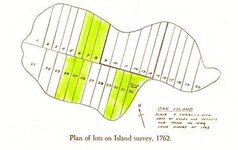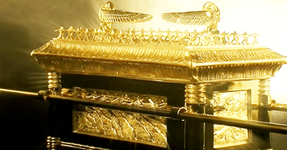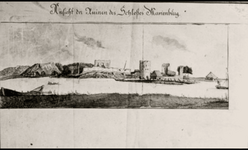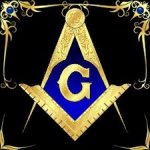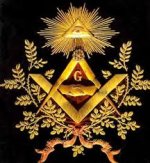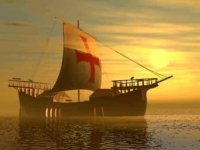Robot
Bronze Member
- Mar 10, 2014
- 2,020
- 1,719
- Primary Interest:
- Other
- Thread starter
- #241
Guarantee!...You've got my word on it!

One's Guess may be Another's Theory!
My theory is that the thousands of viewers who viewed and drew pictures of this stone while it spent the year in the bookstore window...Did just that.
They drew the symbols wrong and recorded the stone upside down.
What appeared to them as an "X" was really the Hebrew "Alef" the "C" a backwards Hebrew "Vet" etc...


Can you guarantee that the symbols someone in the past drew match those that were actually on the stone? If not, anything else is just a guess.

One's Guess may be Another's Theory!
My theory is that the thousands of viewers who viewed and drew pictures of this stone while it spent the year in the bookstore window...Did just that.
They drew the symbols wrong and recorded the stone upside down.
What appeared to them as an "X" was really the Hebrew "Alef" the "C" a backwards Hebrew "Vet" etc...







